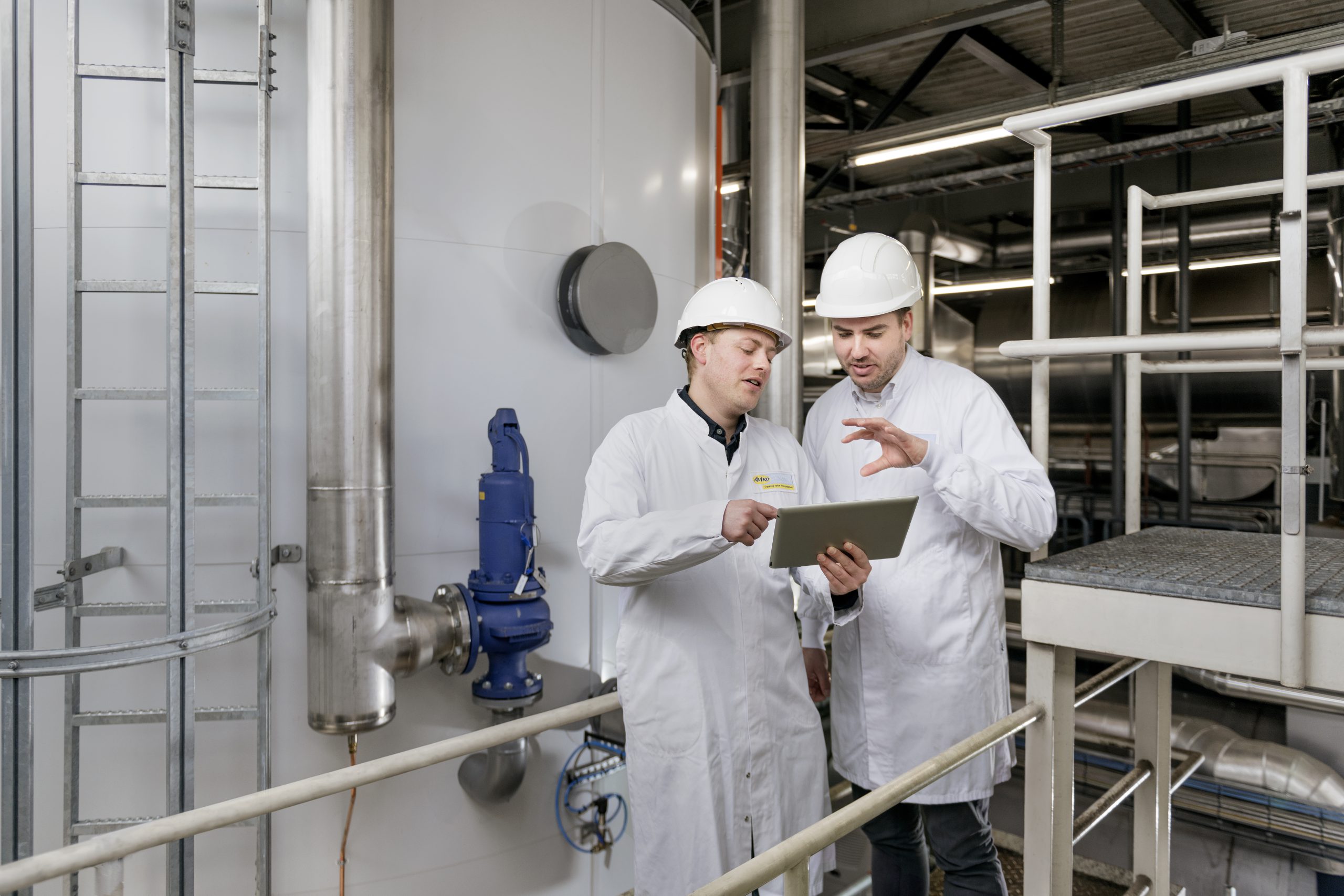

‘The e-boiler is a wonderful way of shaping our energy transition’
Aviko. Where sustainability grows.
Aviko Rixona has been studying for many years how the implementation of alternative energy sources contributes to its company and sustainability targets. The commissioning of the heat pump in the plant in Warffum (2022) is a great example. How was this followed up by Aviko Rixona in 2023? Jeroen Zwietering, process engineer energy at Aviko Rixona, explains.
Insights from the market and our own processes
An e-boiler was installed in the plant in Venray in 2023. ‘We considered alternatives to natural gas in order to boost our emission reduction. Such as by using biomass, hydrogen, high-temperature heat pumps and even burning iron powder. In the end, we settled on electrification, which is also part of the strategy of the Dutch government. Naturally, we take a good look at the market and developments in the area of energy during this type of research and translate this into our processes. Part of our processes takes place in the temperature range up to 120 degrees: you can use heat pumps very efficiently for this purpose. Our main challenge is that 85 percent of our processes uses temperatures between 150 and 300 degrees. At this time, those processes cannot be electrified profitably by means of heat pumps. An increasing number of techniques are entering the market in the meantime, however. So, who knows what that will bring until 2030. We opted for the e-boiler technology for the time being.’
E-boiler realisation in the Venray plant
Jeroen: ‘Approximately 70% of the energy at the Venray plant is converted into steam. Our roller dryers, which are very large cylinders over which product is spread out and dried, are powered by steam. The best available technology to electrify this is an e-boiler. Naturally, we performed a great deal of market analysis prior to the implementation. The impact of grid congestion became apparent. We are a company that runs and wishes to operate 24/7. Smart software informs when an imbalance is arising in the energy market. We let the e-boiler do its work when this happens. We assume that we will be able to let the steam production of our plant run on the e-boiler for at least 25% of the year. This is a great development, and it means that we realise a considerable CO2 and NOx emissions reduction and we contribute to a more stable energy grid.’
Aviko Rixona’s energy pillar
Aviko Rixona wishes to half its emissions at all of its locations by 2030 (when compared to 2018). How do you do this? Jeroen: ‘There are numerous examples, both large and small, within our organisation that contribute to the reduction of our carbon footprint: from an insulation plan and LED lighting to the realisation of an e-boiler at our Venray location. All departments within our organisation are involved in making the organisation more sustainable. The technical department, operations, purchasing, cleaning: everyone can and must do their bit. Five years ago, as an organisation we created what is known as an energy pillar: jointly as one team we analyse our plants, examine process technologies and consider a comprehensive approach. This is how we shape our roadmaps. The first really big projects, such as the heat pimp in Warffum, the blow-down condensers and the e-boiler in Venray, have now been realised.
